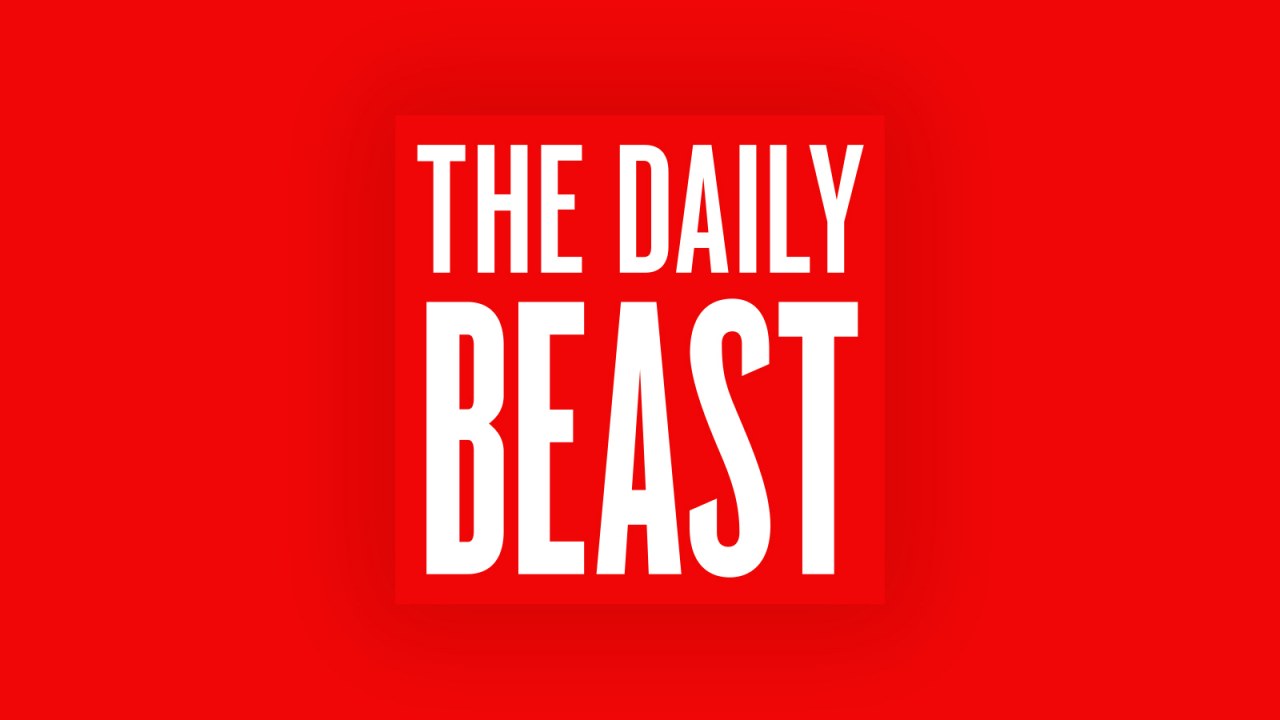The Daily Beast Goes For Feed-Based Speed, Tunes Into Audience Behavior
by Laurie Sullivan @lauriesullivan, August 17, 2016

The Daily Beast has become increasingly focused on journalism and mapping out the delivery of news articles and content based on audience behavior that continues to gravitate more toward feeds rather than traditional publishing rules.
The move to feeds — in line with a similar transition by Facebook, Instagram and Twitter — led the media company to focus on speed. “I could geek out about feeds all day long,” said Mike Dyer, president and publisher of The Daily Beast. “Feeds must be fast, persistent and one hundred percent reliable.”
And the more mobile the feed, the more critical the speed, Dyer said. He estimates about 58% of the site’s traffic comes from mobile devices.
The Daily Beast relies on the Google Accelerated Mobile Project (AMP) program, but for now uses it “sparingly,” said Dyer, adding that this is not because “we don’t believe in it,” but sparingly because the publisher is going through a CMS overhaul that will make it easier when it’s done.
Readers increasingly type the URL into a browser to go direct to the site. In the past couple of years, internal numbers suggest direct to site visits rose from 20% to 45%, according to Dyer.
The publisher also is preparing to release an update to its mobile app. When it launched an iOS app four years ago The Daily Beast had about 7.5 million unique visitors, reaching about 27 million as of July 2016.
“We’re seeing a huge rise in branded searches on Google and Bing related to ‘daily beast’ or ‘the daily beast,” he said. “We even see ‘daily beast trump’ or ‘daily beast walking dead’.”
Dyer views the brand-related searches as synonymous with the increasing popularity of a brand. and believes it’s a result of focusing on speed and readers who come directly to the site. He said the media site tries to create products for the way readers behave, not the way “we wish they behave.”
It all began a few years ago, Dyer said, when the site began reorganizing content. A site visitor would read an article on one topic and for the next article switch topics. A first-page read of an article on politics was most likely followed by an article on entertainment. A first-page read of an article in entertainment was most likely followed by an article on world news.
So The Daily Beast stopped organizing articles by topic and began organizing articles horizontally across the site. Dyer calls the recirculation module the “rebiz list,” which lists about five articles that seemly have nothing in common. It works, he said, because visitor behavior continues to trend toward the feed-based model.
MediaPost.com: Search Marketing Daily
(16)














